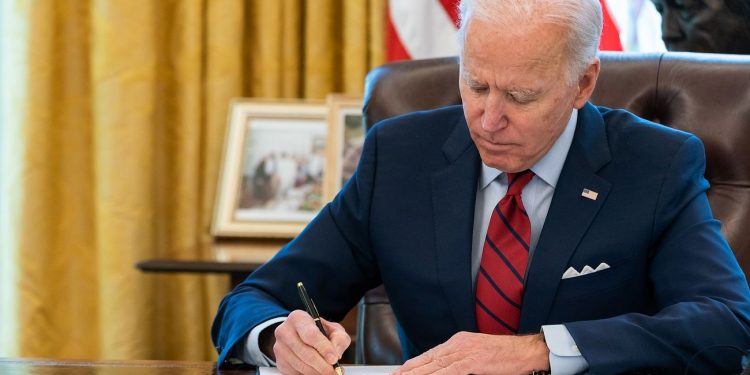The United States military has executed airstrikes on numerous locations in Iraq and Syria that were identified as operational bases for Iranian-backed militias. This operation, involving a wide array of aircraft including long-range B-1 bombers from the US, was in response to a recent drone attack in Jordan that resulted in the death of three US troops.
Central Command of the United States (CENTCOM) announced that the strikes were directed at the Islamic Revolutionary Guards Corps (IRGC) Quds Force and associated militia groups, hitting over 85 targets. The operation utilized more than 125 precision munitions to dismantle command and control operations, intelligence centers, and various storage and logistics facilities associated with unmanned aerial vehicles, rockets, and missiles.
The strategic initiative targeted not only military assets but also aimed to disrupt the logistical and munitions supply chains of the militias. These meticulously planned airstrikes signify a robust response to the assault on the US base in Jordan, known as Tower 22, which saw the tragic loss of three US soldiers.
President Joe Biden, underscoring the United States’ stance, asserted that the action marks the beginning of a tiered response, which will unfold over time and at moments of US choosing. This response is indicative of a broader strategy to deter aggression against American personnel, with President Biden emphasizing the country’s readiness to defend its citizens while also clarifying that the US does not seek conflict in the Middle East or elsewhere.
Iraqi military and government officials have expressed concerns over the airstrikes, viewing them as a breach of Iraqi sovereignty and a potential threat to regional stability and security. The White House confirmed that it had communicated with Iraqi authorities prior to the operations.
The strikes, focused on both Iraq and Syria, also included targeting a weapons warehouse and residences associated with Kata’ib Hezbollah in Anbar province, western Iraq, as reported by an Iraqi security official. While the US aims to neutralize threats and prevent further attacks, the implications of these actions on regional dynamics remain closely monitored.



























